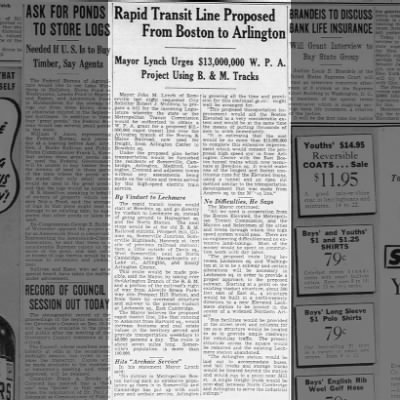Boston Planning & Development Agency planners, as seems to be their wont (sorry, folks - if the shoe fits...) threw a bunch of wild-eyed, long-term transit visioning into the latest East Boston rezoning study, including this crayon of alternatives for extending the Blue Line:
View attachment 42553
FYI: If you see the map in context (page 87 of the PDF, 169-170 of the printed doc:
https://www.bostonplans.org/getattachment/64e6e176-1936-46e7-abb2-bf131fdca6fe), it's clear that crayon is options, not a vision for an octopus-like line.
Other notable ideas and/or intent expressed about use of streets in the area:
- advocating for using the 1A corridor as some kind of additional bus highway and adding Revere<>Eastie<>Chelsea bus service (PDF pages 80-83)
- Redrawing Day Square to put the SL3 and T104 on dedicated surface lanes (PDF pages 51-53)**
- Fairly lengthy bus lanes up Meridian (PDF pages 45-50)
- A whole mess of cycling improvements (scattered throughout, PDF page 34 and onwards)
**Wouldn't that run afoul of the vehicular access detailed in the 355 Bennington St. project presentations from last year?
https://www.bostonplans.org/projects/development-projects/355-bennington-street

